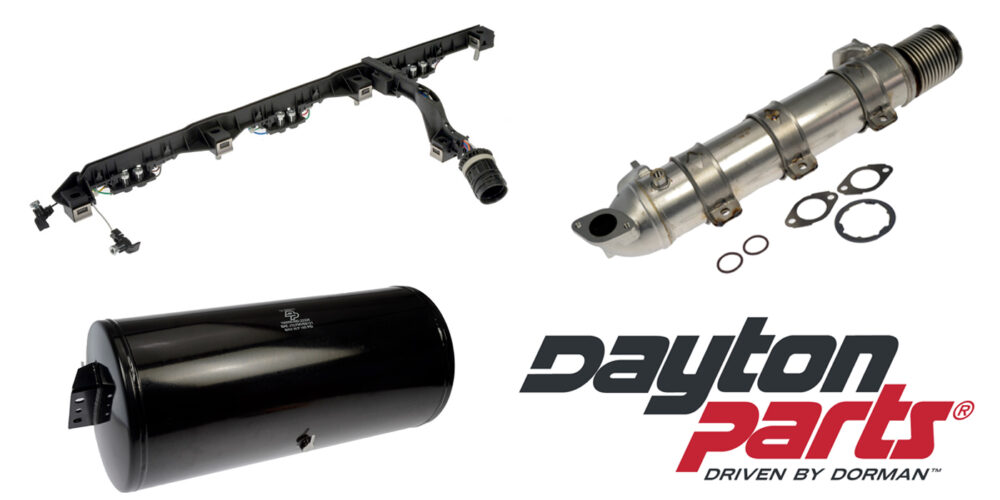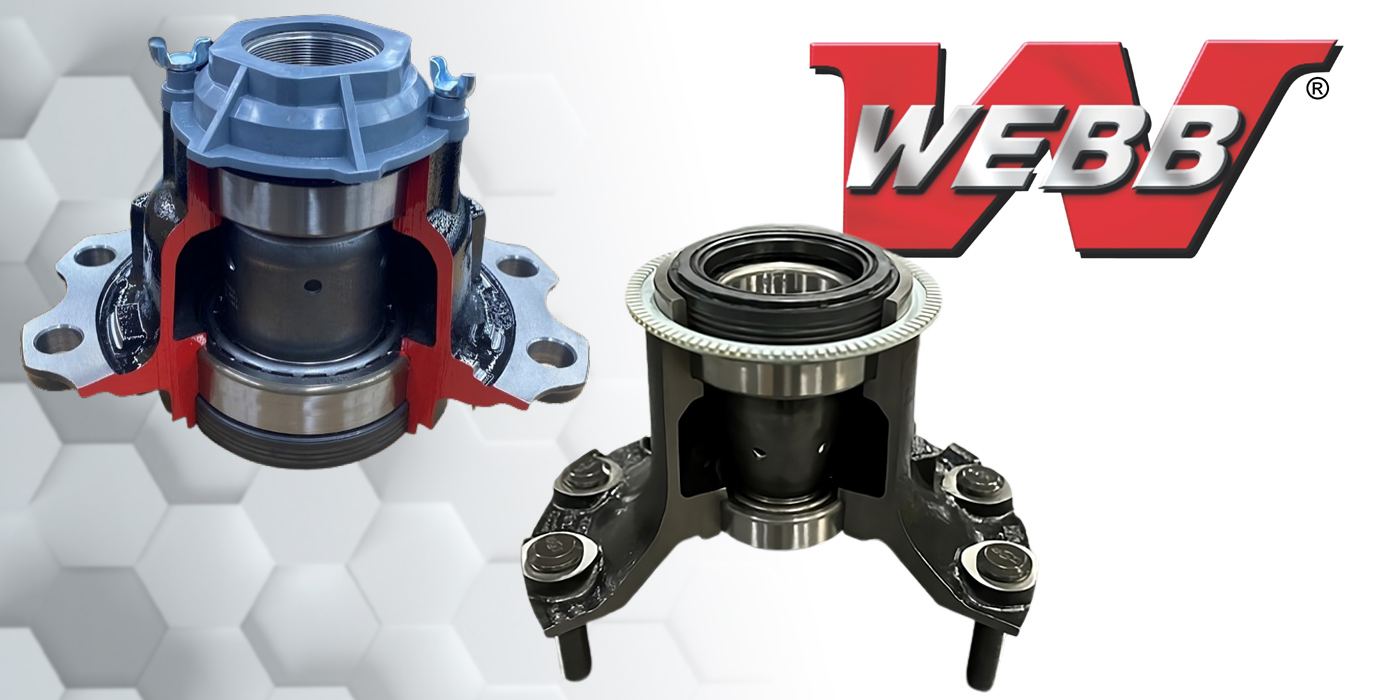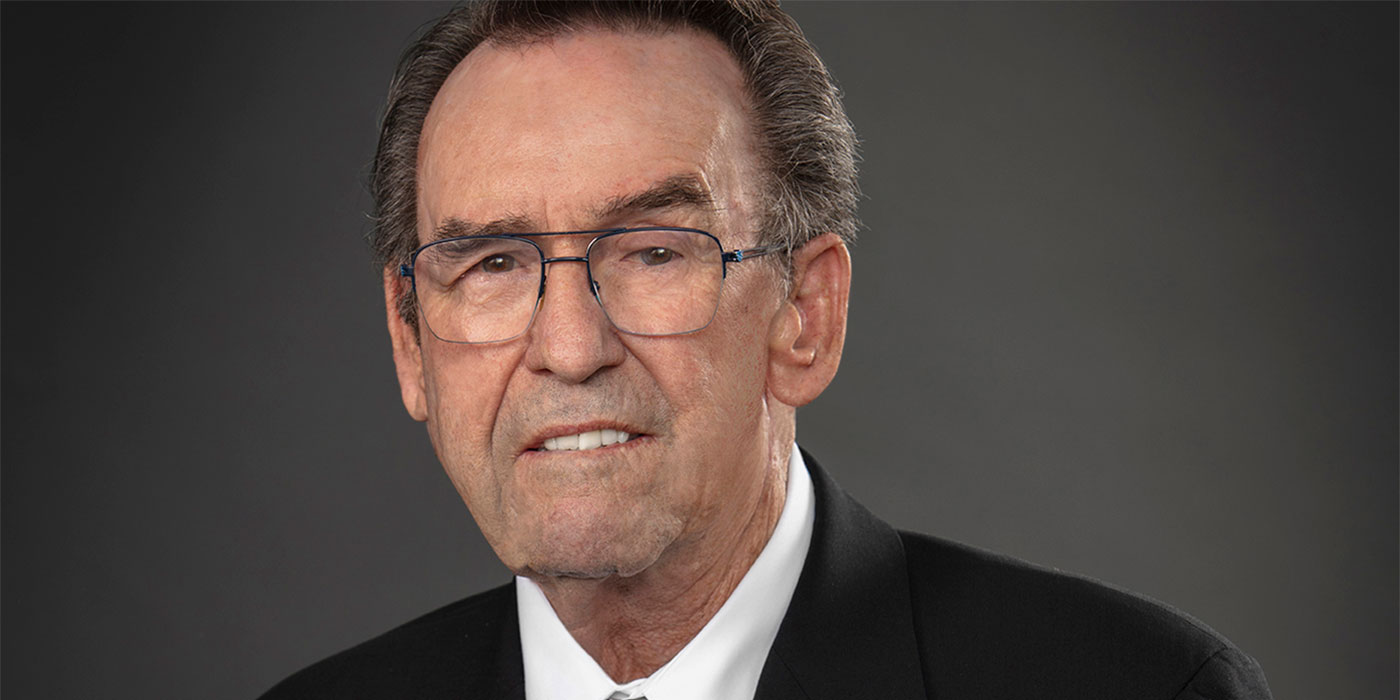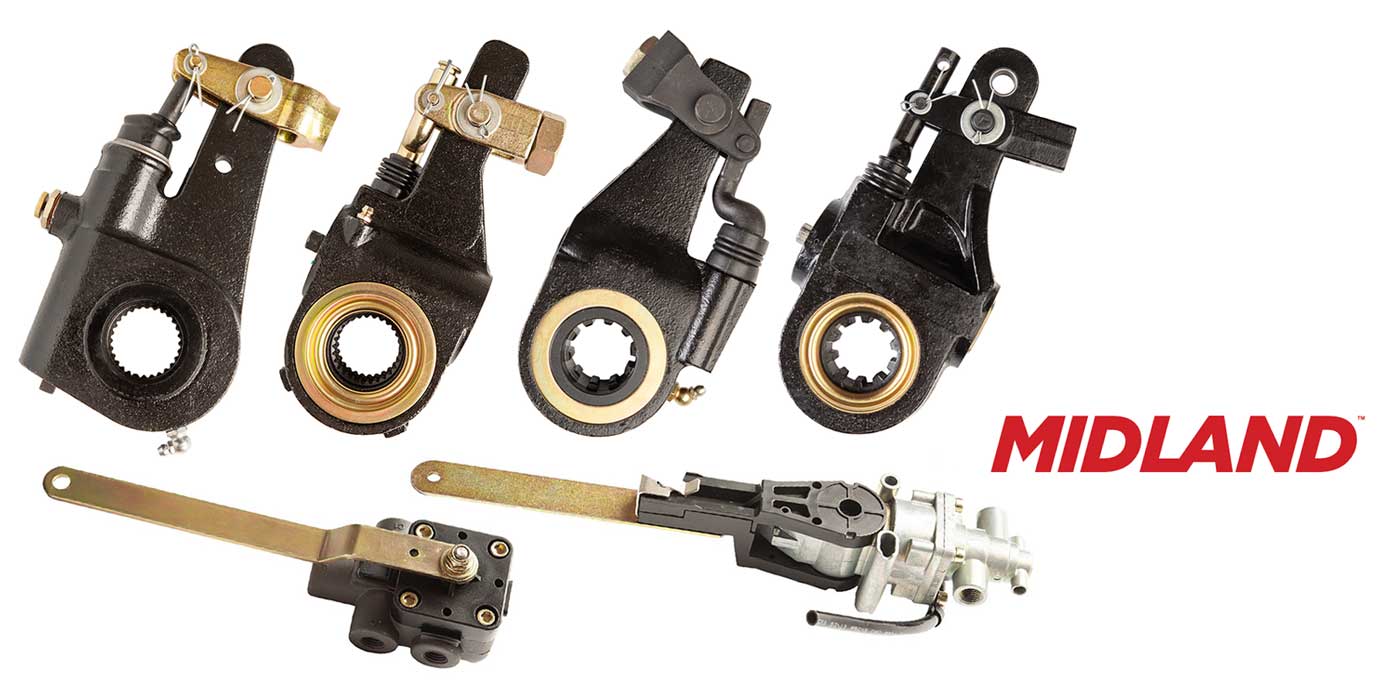Fleet managers have been successfully extending oil drain intervals for decades. Their success, in no small way, has been aided by continuing advances in technology—lubricants, filters and the expanded availability of oil analysis. Those who have taken advantage of these advanced technologies have been rewarded with substantial cost savings over the years—and can likely continue to do so.
The state of California recently commissioned a study of oil drain intervals of its entire fleet of vehicles to determine if it could save money by extending intervals, and if so, how much. The study resulted in several findings. First, the study confirmed that today’s average oil change interval (at least for California’s state vehicles) is considerably shorter than the maximum suggested by oil analysis results. The oil analysis results showed that oil drain intervals could be safely extended for all vehicle types studied—in many cases, beyond warranty limits.
Secondly, Fleet operators can extend oil change intervals by using high quality oil, high efficiency filters and oil analysis for determining optimum drain intervals. The oil quality parameter that triggered an oil change was unique to each fleet, the motor oils used and operating conditions. However, in most cases, the limiting factor was the oil’s total base number (TBN), which is a measure of the oil’s ability to neutralize acids. Oils with higher initial TBN levels and longer-lasting additive packages were found to be important factors in extending the useful life of engine oil. For engine safety, routine oil analysis is an important tool for ensuring the oil’s condition.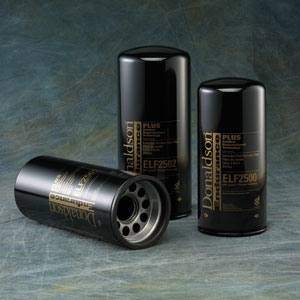
Finally, in larger engines, high efficiency oil filters are an effective and economical technology for extending oil drain intervals. Typically, diesel engine fleets achieved the greatest extensions when using motor oil with higher initial TBN levels or high efficiency filters that addressed TBN consumption. For example, the puraDYN filter features a time-released additive package that replenishes the oil’s buffering capacity. The Luber-finer ZGard by-pass spin-on filter has a zinc liner that mitigates acid buildup in the oil. Both address the TBN consumption and provide high filtration, thereby extending oil drain intervals the furthest. Other high efficiency filters with only high particulate filtration also produced lengthened drain intervals.
Another government study, this one to determine the value offered by the use of by-pass filters, followed the maintenance needs of a fleet of urban buses with and without by-pass filters. Over a 32-month period, only six oil changes were required by the units equipped with filters, thereby avoiding the use of 490 gallons of engine lubricant as well as the generation and disposal of a like amount of waste oil. This equated to a 90% reduction in engine oil changes.
Filtration 101
The role of the engine’s oil filtering system is to remove contaminants from the oil before they generate wear on engine component surfaces. There are many excellent filtration products offered to the industry today with some claiming to allow for extended oil drain intervals. The Filter Manufacturers Council points out, however, that the filter alone will not extend the life of engine oil. While most filters today do an excellent job in filtering, the trend of extending oil drain intervals two to three times the normal service interval has pushed the materials used in the manufacture of filters to the limit. Adhesives, rubber compounds, filter media and even the steel construction in spin-on filters need to be designed to meet the extended period of time they are expected to be in service. Before considering an extended oil drain interval, make sure the filter manufacturer will warranty their product when used in this manner.
A great deal of the success of fleet efforts to extend oil drain intervals has been due to improvements in oil filters. The use of by-pass filters, which take only a small portion of oil out of circulation and clean it far more effectively than any full flow filter can, offers the opportunity for fleets to consider extended oil drain intervals. Paul Bandoly, manager of technical services and customer training for Wix Filtration, said, “When you slow down the flow rate of the lubricant, you can be far more efficient in removing contaminants. Additionally, you have the opportunity to select media that will better control some of today’s contaminants, namely soot and sludge.”
When by-pass filtration was combined with an effective oil analysis program, the desire of many fleet managers to extended oil drain intervals became not only possible but safe because they knew the internal condition of their truck’s engines. Bandoly said, “With modern filters, it’s common to see full-flow and by-pass filtration inside a single container. This used to be the exception but has become far more commonplace. The concept is far from new. Years ago, Mack engines used a large cartridge filter that contained two elements, one a full-flow and the other a by-pass. Then in the ‘90s, spin-on assemblies that contained both full-flow and by-pass elements were introduced.”
Today’s EGR engines have to contend with a great deal more soot than earlier designs. Brent Birch, laboratory manager at Champion Laboratories, said, “Soot is abrasive and acidic by nature. All lubricants contain dispersants that help to keep the soot particles from agglomerating. Agglomeration, however, can still occur, and when it does it can cause rapid plugging of a full-flow filter. We have a product called the ZGard, a spin-on by-pass filter, that is able to remove particles of soot in the size range of three to five microns.”
Donaldson also has an advanced filter line called Endurance or Endurance Plus, which the company guarantees will allow you to double your oil drain intervals. To accomplish this, the filters use a proprietary media trademarked Synteq, which the company claims will filter small-sized contaminants far better than standard cellulose material. The filter line also is designed to maintain the engine’s lubricant in a healthy condition by replenishing the oil’s additives as the fluid flows through the filter. The line is therefore ideally suited for use in today’s EGR engines, which tend to deplete additives more rapidly than non-EGR engines, since clean, replenished oil is returned to the engine.
Bandoly said, “Make sure you’re using the best filter for your operation. Many people spend a lot of time evaluating and selecting lubricants but neglect to do the same due diligence with their filtration. Make sure efforts in both arenas are matched up.”
Analysis & extended drains
Today’s engine lubricants are a blend of many chemicals, and, while the petroleum base stock is extremely durable, the additive package that provides many of the desirable characteristics of the product can be depleted, resulting in problems that no filter can handle. Birch said, “Contaminants that are too small for the oil filter to remove are transported by the oil. Once the carrying limit of the oil dispersant/detergent package is reached, clogging of engine oil passages can occur when these solid contaminants drop out. Abrasive wear from carbon and engine wear metals can increase and damage bearings, piston rings, cylinder walls and valve train components.
“Anti-oxidant additive packages in the oils can degrade over time and allow sludge to form and agglomerate in cooler places inside the engine, restricting proper oil flow. Viscosity increases often occur in these cases and fuel mileage can be negatively affected, as well as cold start lubricating performance. The majority of engine wear occurs at start up and proper viscosity is an important factor. Anti-wear additives deplete and are no longer able to protect the rotating and sliding engine component surfaces from microscopic wear. Metallic particles too small to be caught by the filter, or by using a low quality filter, will circulate and accelerate wear.”
Today’s lubricants perform extremely well, as do quality filters. There is, however, no substitute for knowing the condition of an engine’s oil, and that can only be done through oil analysis. Bandoly makes his belief very strong, saying, “I believe oil analysis is to the point of no longer being an option for good maintenance. It has become an absolute necessity. Oil analysis should be incorporated into every maintenance program.”
The primary indicators of an oil’s condition will be silicon (dirt), viscosity, soot and total base number (TBN). Most engine manufacturers have oil analysis guidelines. Typically, you will want to keep your silicon within 15 ppm of the initial oil sample, your viscosity within the original oil grade specifications, soot below 3% and the TBN number above three. Each piece of equipment will vary, and the key is to look for trends in the analysis.
If oil analysis indicates you can extend your service interval, you then need to move out in steps—Birch says you should “sneak up” on a mileage value for an extended drain. Oil analysis should continue at the normal service interval and in manageable increments thereafter until the analysis shows the useful life of the oil deteriorating. Once the maximum limit on the oil is reached, the change interval should be set at the mileage of the previous sampling, prior to indications of oil deterioration. This allows for variables in operation and environment.
If you think your equipment is a candidate for extended oil drain program, do some research. Check with your filter, engine, and oil manufacturer for guidance. If you do extend oil drain intervals, don’t ignore regular safety inspections. Safety should never be compromised in an effort to save time and materials by extending drain intervals. FE





